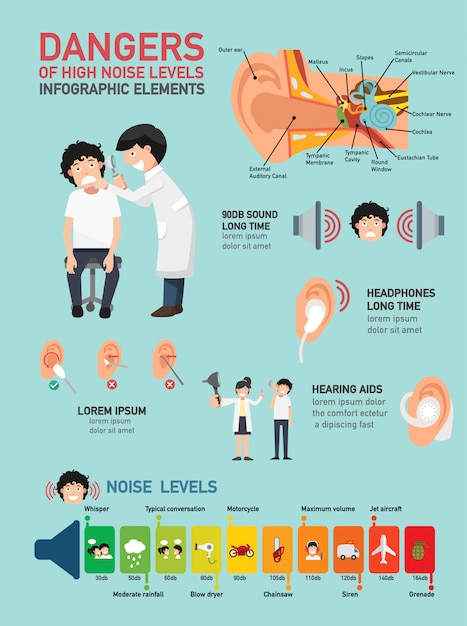Dyslexia Tutoring: Approaches And Techniques For Effective Knowing
Dyslexia Tutoring: Approaches And Techniques For Effective Knowing
Blog Article
Composed By-Munck Kline
If you're collaborating with a trainee that has dyslexia, you understand just how crucial it is to adopt the appropriate approaches. Tailoring free act test prep to fit their special needs can make a considerable difference in their learning trip. By integrating multisensory techniques and organized proficiency programs, you can help them construct important abilities. But what particular techniques can you execute to genuinely cultivate their confidence and development? Allow's explore these effective approaches together.
Recognizing Dyslexia and Its Effect On Discovering
Understanding dyslexia is critical because it impacts how people learn and refine information. If you or someone you know has dyslexia, you'll discover difficulties with analysis, punctuation, and writing. This isn't a reflection of intelligence; it's about how the brain interprets language.
You might battle with phonemic recognition, making it difficult to attach audios to letters. This can cause disappointment and lowered positive self-image in academic atmospheres. Recognizing these patterns is necessary for developing encouraging discovering experiences.
You'll discover that very early treatment and customized strategies can considerably improve outcomes. By understanding the special ways dyslexia influences discovering, you can foster an extra inclusive ambience, assisting those impacted prosper and understand their complete capacity.
Effective Tutoring Techniques for Dyslexic Pupils
Recognizing the challenges dyslexic trainees encounter opens the door to reliable tutoring methods that can make a real difference in their knowing trip.
Initially, use multisensory methods; combine aesthetic, auditory, and kinesthetic techniques to involve them totally. https://rivernrtxz.theisblog.com/33246174/exploring-understanding-centers-a-detailed-summary-for-moms-and-dads-and-educators , concentrating on phonics, phonemic understanding, and vocabulary.
Break down jobs into smaller sized, convenient steps to prevent frustrating them. Motivate regular method and repetition, strengthening learning without stress. Use favorable reinforcement to boost their confidence and motivation.
Dressmaker your techniques to their distinct staminas, and be patient as they progress. Finally, preserve open communication with moms and dads to support their knowing at home.
Producing a Supportive Knowing Atmosphere
Creating a helpful learning environment is necessary for helping dyslexic students grow. Start by ensuring the room is quiet and free from diversions, permitting them to focus fully on their jobs.
Usage adaptable seating plans that promote comfort and involvement. link webpage and hands-on materials to reinforce finding out principles, satisfying their distinct handling styles.
Urge open communication, so students feel safe sharing their battles and requesting for aid. Commemorate their successes, regardless of how small, to improve their self-confidence.
Establish a regular to provide framework, which can minimize anxiousness. Finally, https://howtomanagedyslexia75296.weblogco.com/33146358/the-important-overview-to-locating-the-right-dyslexia-tutoring-program with peers, as social interaction can improve knowing and provide emotional support.
Your efforts will create a nurturing ambience that promotes growth and durability.
Conclusion
In conclusion, successfully coaching a dyslexic trainee requires a mix of understanding, customized strategies, and an encouraging atmosphere. By utilizing multisensory techniques and structured literacy programs, you can aid strengthen essential abilities and enhance confidence. Keep in mind to maintain communication open, break tasks into smaller sized actions, and celebrate progression, despite how small. With your dedication and the best technique, you can make a substantial distinction in their academic journey and general wellness.
